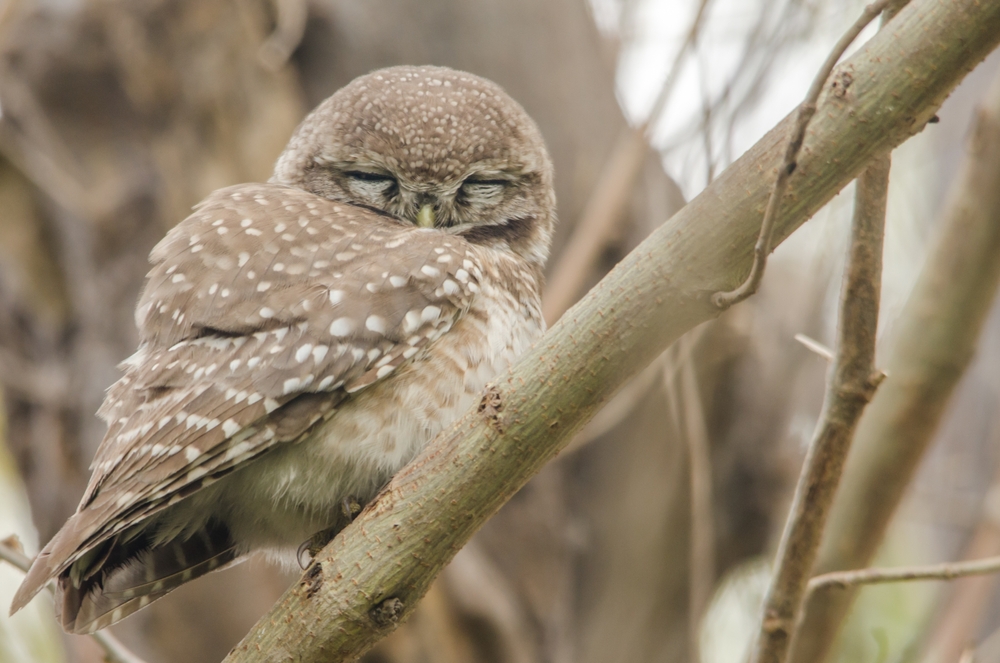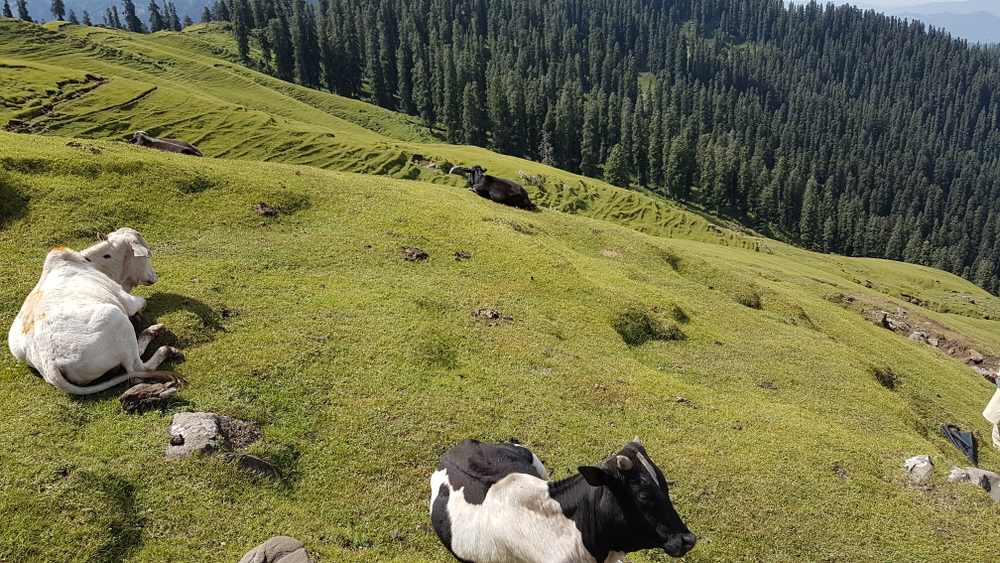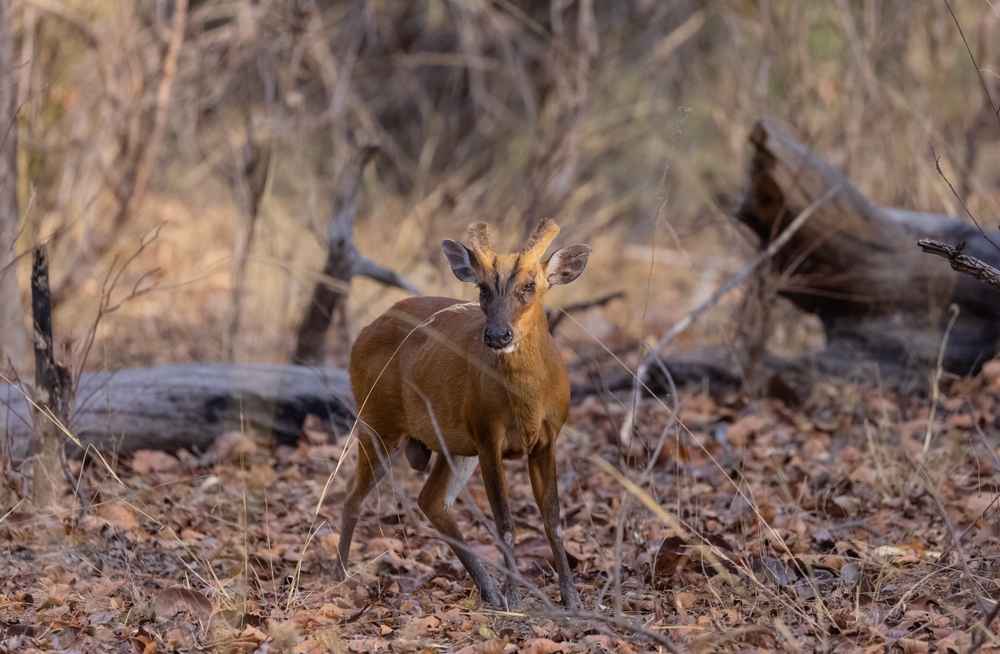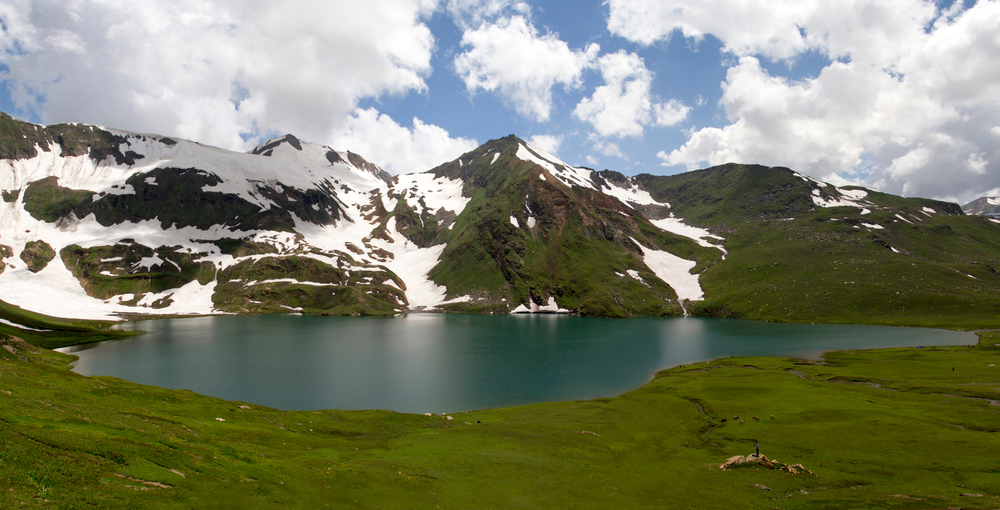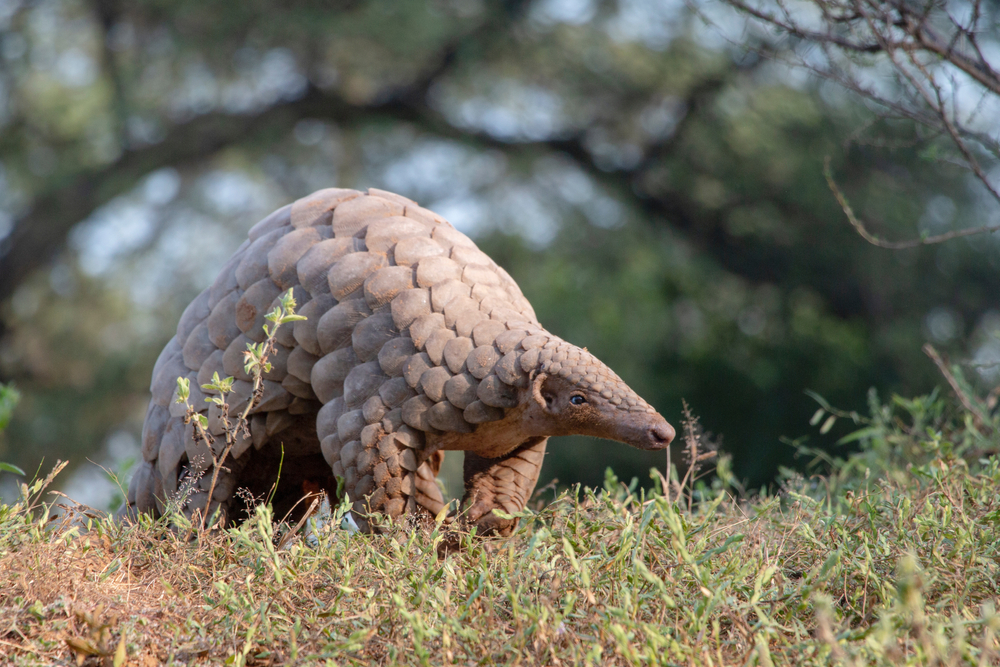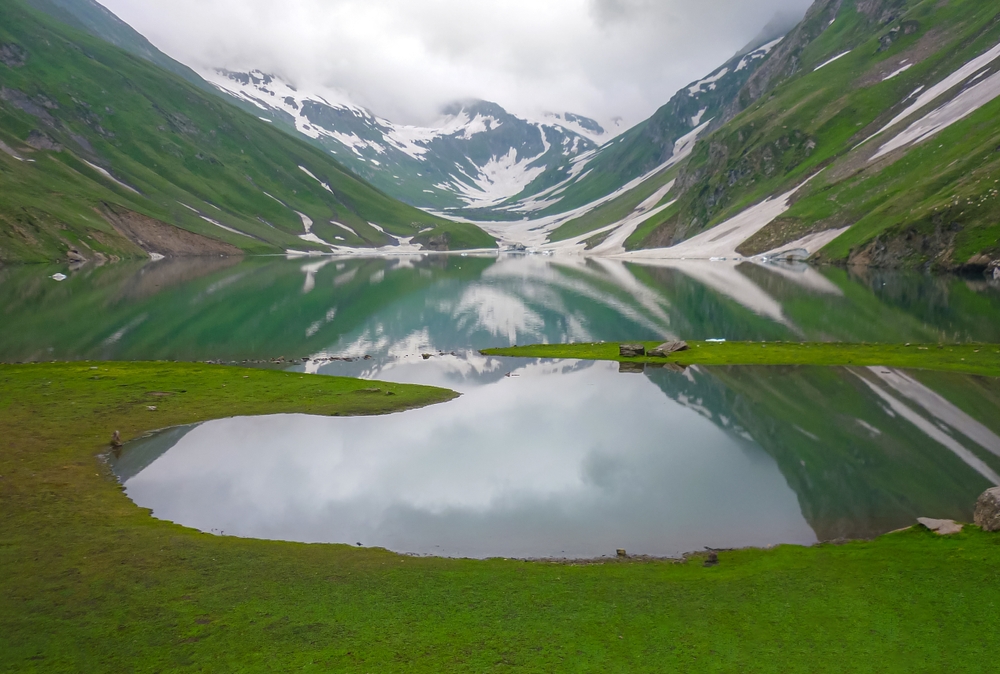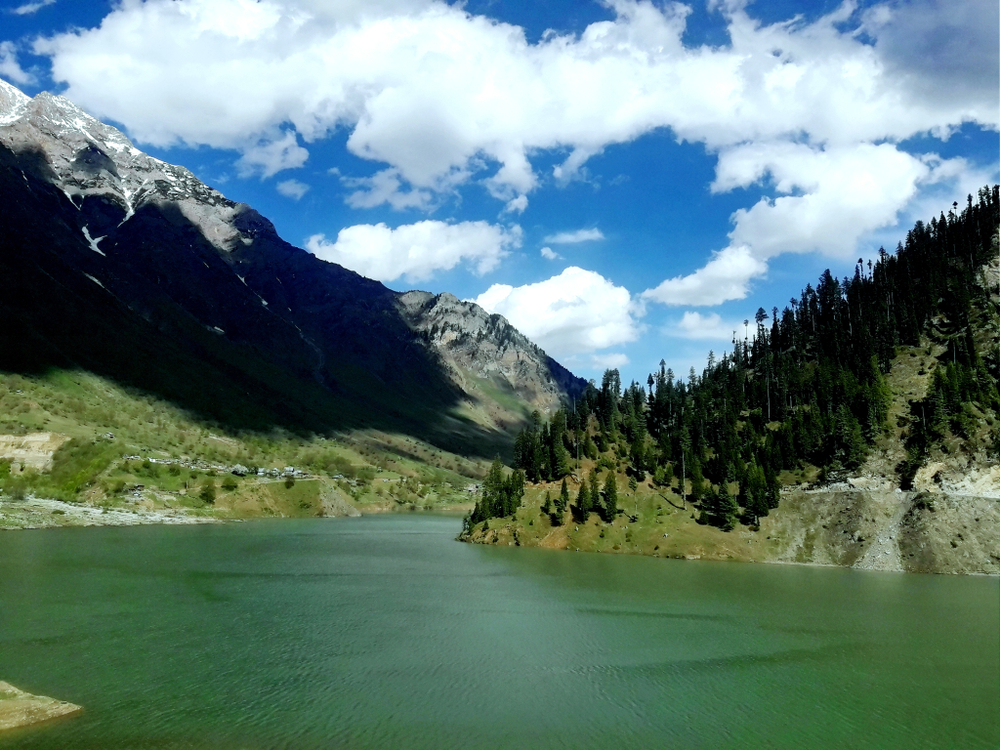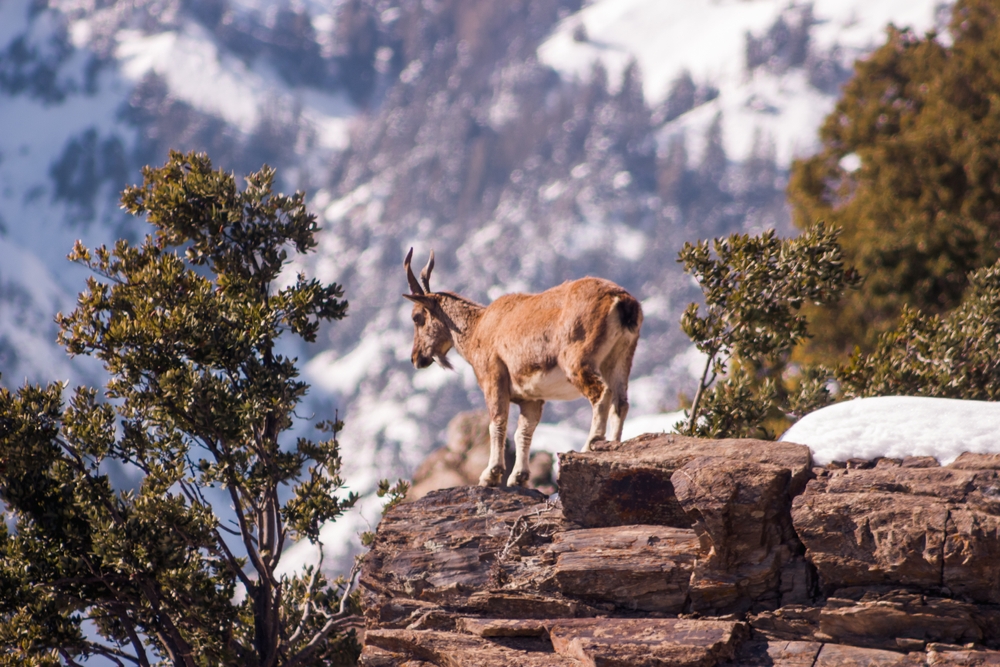Shakarparian Overview
Shakarparian National Park, locally known as شکرپڑیاں نیشنل پارک, is a prominent green space located in the heart of Islamabad, the capital of Pakistan.
Encompassing approximately 4.5 square miles (12 square kilometers), the park is part of the larger Margalla Hills National Park system and lies between the Shakarparian Hills and the Constitution Avenue. Though smaller in size compared to other national parks, its location, accessibility, and cultural significance make it one of the most frequented and cherished urban parks in the country.
The terrain of Shakarparian National Park consists of low rolling hills, manicured gardens, and patches of native woodland. Elevated slightly above the city, the park provides panoramic views of Islamabad, including iconic landmarks such as the Faisal Mosque, the Pakistan Monument, and the Parliament House.
Vegetation includes native species such as kikar (Acacia nilotica), amaltas (Cassia fistula), and sheesham (Dalbergia sissoo), alongside planted flowering shrubs and ornamental trees. Seasonal flowers and green lawns give the park a cultivated yet natural appearance, and walking paths wind through tree-lined areas and hilltops.
The park supports a modest range of urban-adapted wildlife. Birds are the most commonly seen species, with mynas, parakeets, bulbuls, doves, and hoopoes frequently sighted among the trees and open spaces. Mammals are less common but may include squirrels, mongoose, and fruit bats.
Reptiles such as skinks and lizards inhabit the rockier areas and garden walls. While it lacks the large mammals and rare species of larger national parks, Shakarparian contributes to Islamabad’s green infrastructure and provides vital habitat for resident and migratory birds.
Among its most popular features is the Pakistan Monument, a national symbol representing unity, which sits on a hilltop within the park. Nearby, the Pakistan Monument Museum offers cultural and historical exhibits. Shakarparian is also home to several ceremonial tree plantations by world leaders, known as the Friendship Garden.
Its central location and blend of nature and national identity make it a key destination for tourists and locals alike. Scenic viewpoints provide breathtaking vistas of the cityscape and the distant Margalla Hills.
Visitors to Shakarparian National Park engage in a variety of recreational and cultural activities. Walking, jogging, and casual picnicking are common, especially during evenings and weekends. The park’s proximity to major institutions makes it a favored spot for school trips, cultural celebrations, and photography.
Well-maintained paths, benches, and viewing platforms make the area easily accessible to people of all ages, and its gentle elevation provides a refreshing break from the city without requiring strenuous hiking.
Conservation and management efforts for Shakarparian National Park focus largely on landscaping, cleanliness, and maintaining public infrastructure. Urban encroachment, littering, and heavy visitor traffic pose ongoing challenges, especially during national holidays and festivals.
However, its integration within the Capital Development Authority’s planning ensures continued upkeep and beautification. Community involvement and civic pride have played a role in preserving the park’s appeal. While not a wilderness in the traditional sense, Shakarparian serves as a vital cultural and ecological buffer in the urban landscape of Islamabad.











































































